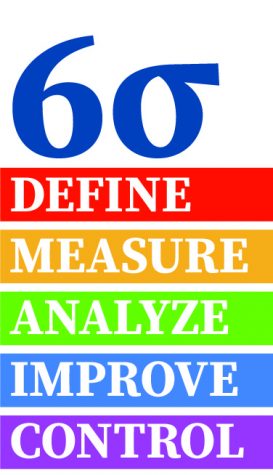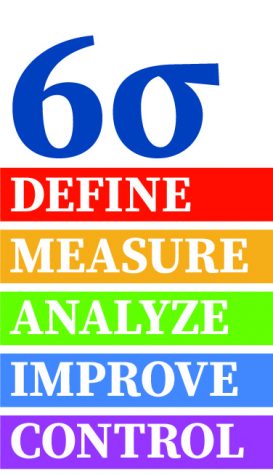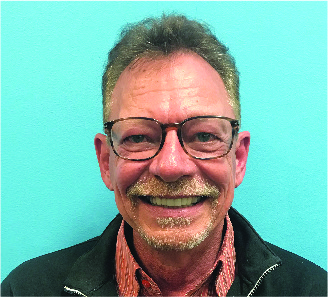The Importance of Timely Filing in FQHC A/R Management
Managing Accounts Receivable (A/R) effectively is essential for your Federally Qualified Health Centers (FQHCs) to thrive. One of the critical...


Six Sigma originated with Motorola as a way to enhance quality and limit defects in manufacturing. It has been applied to all industries and its objective is to use data and business process management to reduce errors to 3.42 per million opportunities. It’s like finding 3.4 bad apples out of one million apples. Chances are, with that small of a chance of receiving a bad apple, you would never get one. Said another way, the goal is 99.997% accuracy.
99.997% accuracy is a big goal to shoot for, but the effects of falling short can have even bigger consequences. Consider an airline and how many planes are coming and going daily and how many people that affects- both customers and employees. According to numbers from the Federal Aviation Administration, there are 5,000 flights in the air at any given time every day, or about 42,700 flights per day. At even a 90% accuracy rate, 474 of those flights would have defects, such as delayed departures, missed luggage and mechanical issue. Applying Six Sigma tools helps to reduce many of these defects, which cost both the company and customer time and money.
There are a number of ways that Six Sigma is applied in health care. When Six Sigma is used in health care, it has the power to eliminate any and all variations and defects in processes. In health care, the central idea of Six Sigma methodology is that defects are those things that lead to patient dissatisfaction. A defect could mean anything from long waits for appointments, confusing instructions, or issues with billing. Six Sigma has the ability to streamline all procedures by making them efficient and less costly. This paves the way for improved care of the patients.
For example, according to publication “Six Sigma Daily” in 2014, the Children’s National Health System ran a test to pioneer a new care pathway for children with adolescent scoliosis. They wanted to shorten the overall length of each patient’s hospital stay, reduce the need for opioid pain medication, and deliver coordinated, comprehensive care to every patient without increasing costs. From March 2015 to July 2017 , their team tested Six Sigma processes on 169 patients. They found that these patients used far fewer opioids, lengths of stay were dramatically reduced, and the patients had lower pain scores compared to those patients who didn’t participate.
A typical Six Sigma project looks at current baseline measures and then consists of five phases that lead to data driven process improvement. One of the ways Six Sigma is used in revenue cycle management is with claim resolution and denial management. HRSA and third-party benchmarking organizations look at accounts receivable outstanding greater than 90-days. It is generally accepted that maintaining an accounts receivable where 80% of balances are resolved within 90-days outperforms the majority of community health centers.
Using Six Sigma, Synergy Billing introduced a new processing method in July of 2018. This new methodology seeks resolution of all insurance claims within 30-days from processing date. For Synergy Billing clients this is resulting in more money, paid accurately and faster than ever before. To learn how Six Sigma can improve quality in your health center contact a Synergy Specialist today at 386.675.4709.
Source: www.sixsigmadaily.com
.png)
Managing Accounts Receivable (A/R) effectively is essential for your Federally Qualified Health Centers (FQHCs) to thrive. One of the critical...

For the past year, consultant Phil Reinke has been training our team of employees on the fundamentals of Six Sigma and process improvement. He has...
.png)
Get personalized assistance from our team